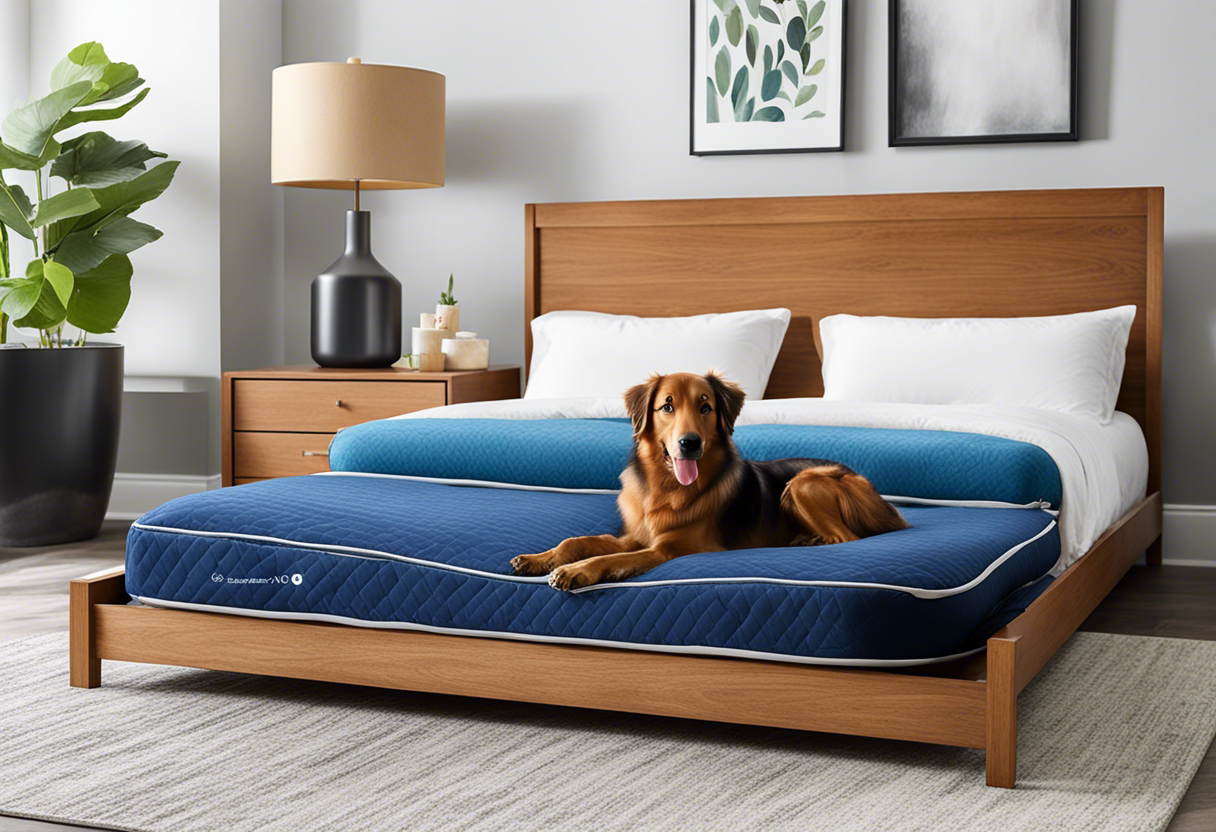Five Cozy Canine Comforts: The Ultimate Guide to Choosing the Perfect Bed for your Dog
Understanding your dog's sleep patterns is the initial step to select the perfect bed. Dogs sleep for an average of 12-14 hours per day, with puppies and older dogs requiring even more. Additionally, dogs, similar to people, have varying sleep styles. Some dogs prefer to curl up, others sprawl out, and certain dogs switch between the two. Further, many dogs love to nest – to dig into and rearrange their bedding until it feels just right. Observing your dog's sleep pattern will offer valuable insight into what kind of bed he or she might prefer.
Closely tied to the sleep pattern is the core element of comfort. Watch your dog’s preferred resting spots. Does he tend to favor cool, hard surfaces, or does he navigate towards blankets and cushions? Simply observing these preferences can give you a head start in the pursuit of the perfect bed.
The importance of a dog bed goes beyond mere sleep benefits. It provides a dedicated space where your dog can feel safe and secure, ultimately contributing to their overall well-being. Crafting their own space will give your dog a sense of ownership, helping combat any territorial tendencies, assisting with training, and enhancing their emotional health.
Size Matters: Picking the Right Bed for your Dog's Size

The size of the dog bed is paramount. Your dog’s bed should be slightly larger than your pet when he's stretched out full length. If your dog likes to stretch out while sleeping, a rectangular or square-shaped bed that is slightly larger than your dog would be ideal. For dogs who prefer to curl up, round or oval beds fitted with a bolster are preferable.
Commonly, pet owners make the mistake of buying a bed that's too small. A small bed might not support your dog correctly, leading to discomfort and potential health problems down the line, like arthritis and joint pain.
Keep the breed of your dog in mind. Larger breeds and older dogs may benefit from orthopedic beds, designed to be supportive and ease the pressure on their joints. Small breeds may enjoy a burrow bed, which enables them to wiggle deep into a soft, warm enclosed space.